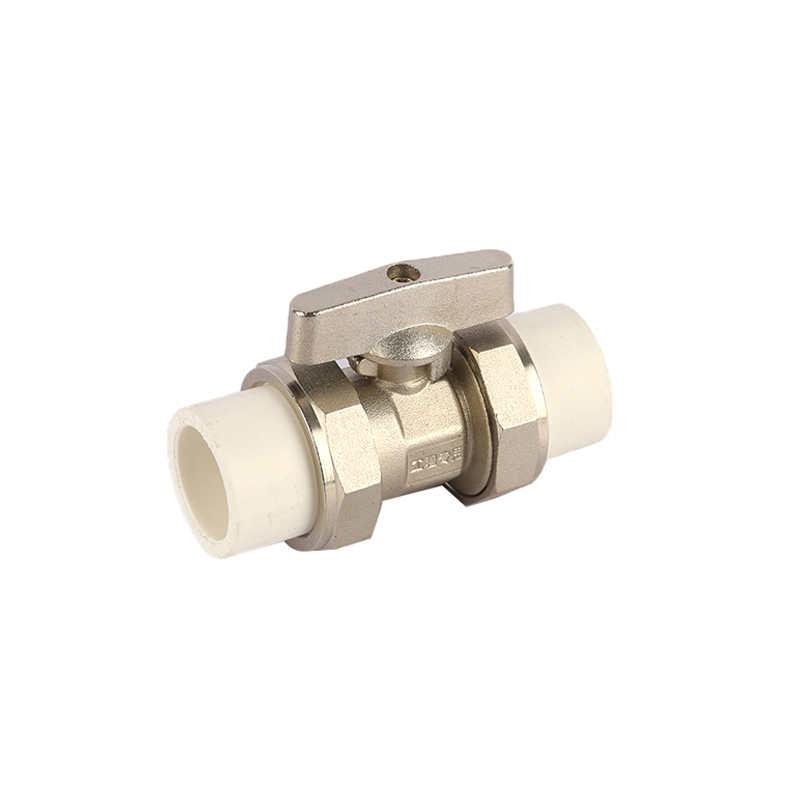Valves and fittings are fundamental components in fluid handling systems. They come in a wide array of sizes, shapes, and materials to suit the specific requirements of different industries and applications. Understanding their roles is essential to appreciate their significance fully.
Valves: The Flow Regulators
Valves are mechanical devices designed to control the flow of fluids by opening, closing, or partially obstructing the passage. They serve a multitude of functions, including:
Isolation: Valves can completely shut off the flow of fluid, isolating specific sections of a system for maintenance or emergencies.
Regulation: Valves can control the flow rate, allowing operators to adjust the volume of fluid passing through.
Pressure Control: Pressure relief valves protect systems from overpressure, while pressure reducing valves lower high-pressure fluids to a manageable level.
Direction Control: Check valves ensure that fluids flow in only one direction, preventing backflow.
Mixing: Mixing valves blend hot and cold fluids to achieve the desired temperature, commonly found in domestic water supply systems.
Fittings: The Connectors
Fittings, on the other hand, are connectors that link various components of a fluid system, such as pipes, tubes, and hoses. They provide a secure and leak-free connection, allowing the fluid to move seamlessly from one point to another. Fittings are essential for a variety of purposes, including:
Joining: Fittings connect pipes or tubes together to create a continuous flow path.
Terminating: End caps and plugs close off open ends of pipes or tubes.
Branching: Tees and crosses create branching points in the system for added versatility.
Adapting: Adapters and reducers ensure compatibility between different pipe or tube sizes.
The Significance of Valves and Fittings
Valves and fittings play a pivotal role in a multitude of industries and applications, including:
Oil and Gas: In this industry, valves and fittings are essential for controlling the flow of crude oil, natural gas, and other fluids. Safety valves protect against overpressure, while pipeline fittings ensure seamless connectivity in extensive networks.
Chemical Processing: Valves and fittings are used to manage corrosive and hazardous chemicals, ensuring worker safety and environmental protection.
Water Treatment: In water treatment plants, these components control the flow of water, regulate chemical dosing, and enable efficient filtration processes.
Food and Beverage: Valves and fittings in this industry help maintain sanitary conditions and precise fluid control during the production and packaging of food and drinks.
Pharmaceuticals: The pharmaceutical industry relies on valves and fittings to ensure the integrity of drug manufacturing processes, where precision and sterility are paramount.
Heating, Ventilation, and Air Conditioning (HVAC): Valves regulate the flow of hot or cold water in HVAC systems, maintaining indoor comfort and energy efficiency.


 English
English русский
русский Deutsch
Deutsch












